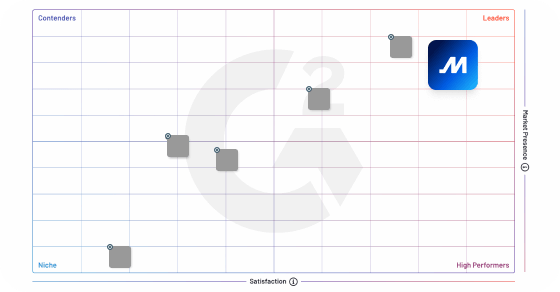Active GPS tracking is a technology that enables the continuous monitoring and tracking of mobile assets such as trucks, trailers, and other vehicles. This technology uses satellites to determine the exact location of the vehicle, as well as provide real-time information about its speed, direction, and other relevant data.
The active GPS tracking system works by installing a GPS device in the vehicle that communicates with a network of satellites to determine the vehicle’s location in real time. This information is then transmitted to a central computer system, which processes the data and provides users with real-time information about the vehicle’s location, speed, and other important metrics.
This technology is ideal for the trucking industry, as it allows fleet managers to track their vehicles and monitor their performance, ensuring that they are operating efficiently and safely. It also enables fleet managers to optimize their routes, reduce fuel consumption, and improve overall productivity.
In addition to these benefits, the active GPS tracking system also provides valuable security features, allowing fleet managers to track the location of their vehicles in case of theft or other security incidents. This technology can also be used to monitor driver behavior, ensuring that drivers are operating their vehicles safely and responsibly.
Frequently Asked Questions
What is active GPS tracking?
Active GPS tracking is a method of obtaining real-time location data through the use of GPS technology. This type of tracking involves a device sending periodic location updates to a central server, allowing for the continuous monitoring and tracking of the device’s movements.
Active GPS tracking is commonly used in fleet management, asset tracking, and personal safety applications.
What’s the difference between active and passive GPS tracking?
The difference between active and passive GPS tracking lies in how the tracking data is collected and transmitted. Active GPS tracking systems continuously collect and transmit real-time data, providing live location updates and immediate access to information. Passive GPS tracking systems, on the other hand, store location data internally and require manual retrieval for analysis. Passive systems are typically used for post-event analysis, while active systems offer real-time tracking and monitoring capabilities.



